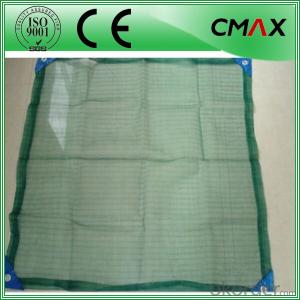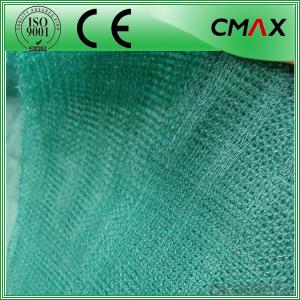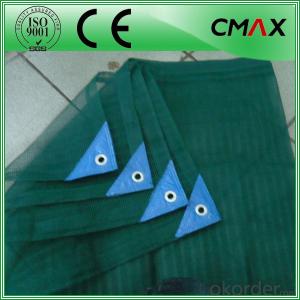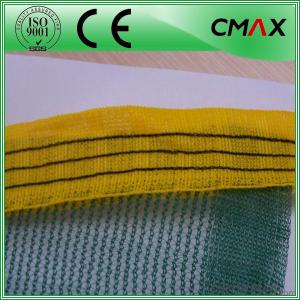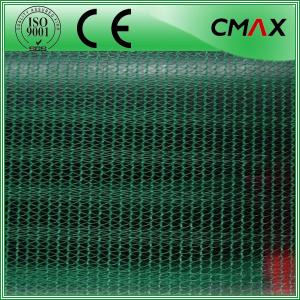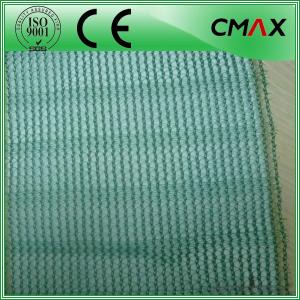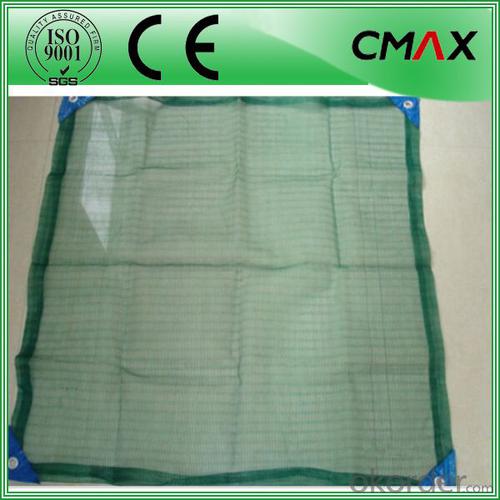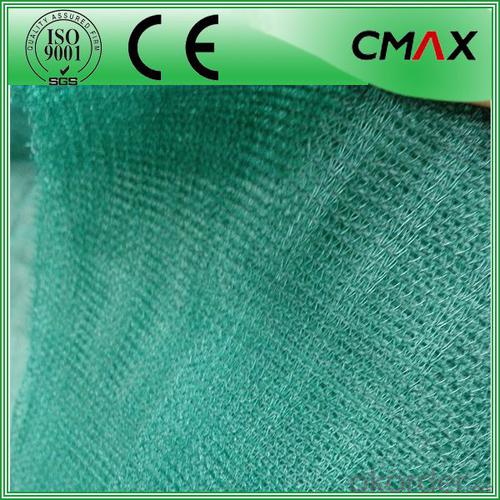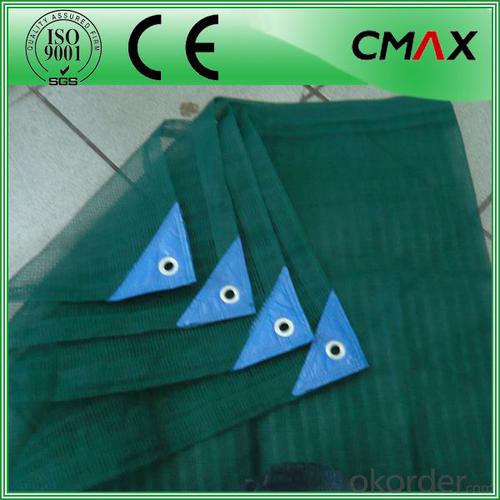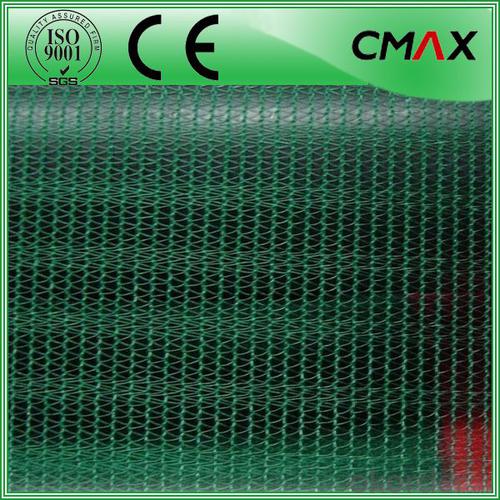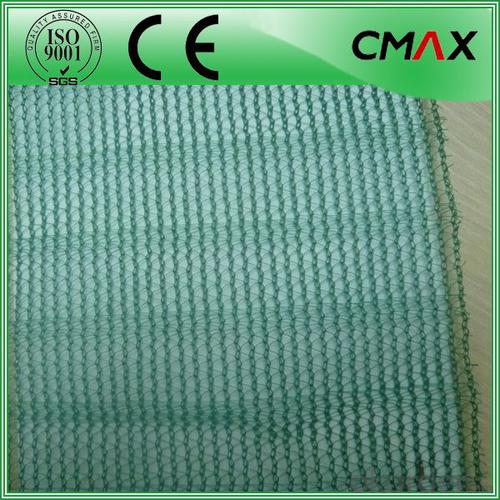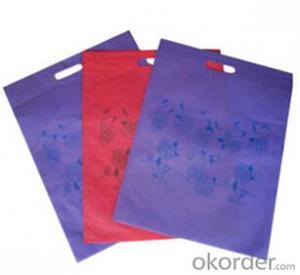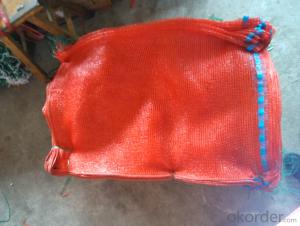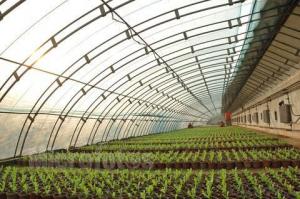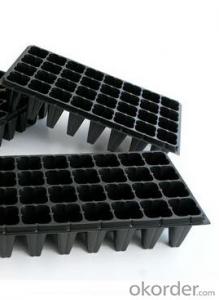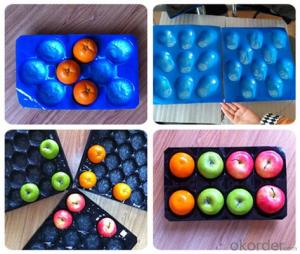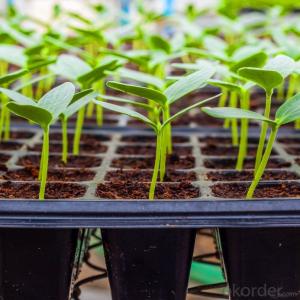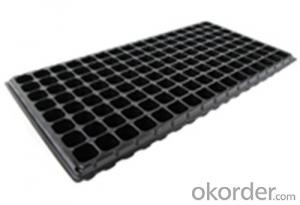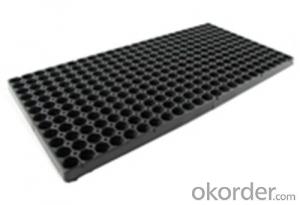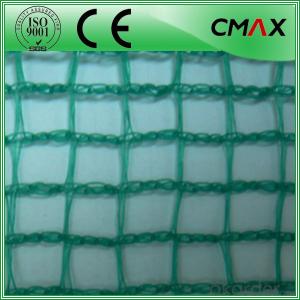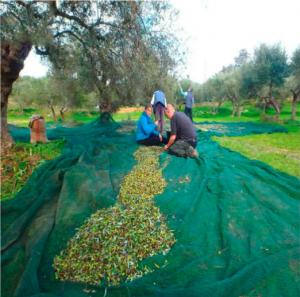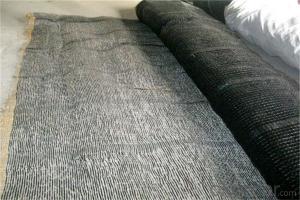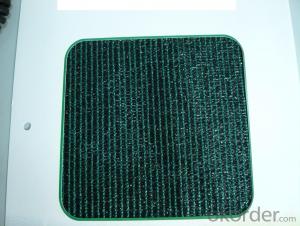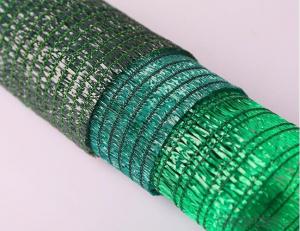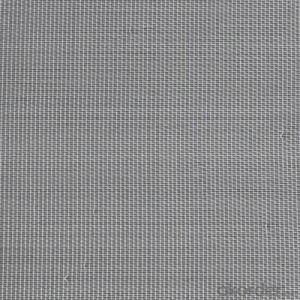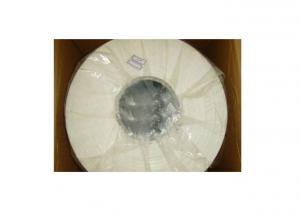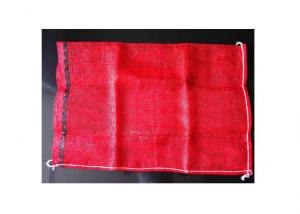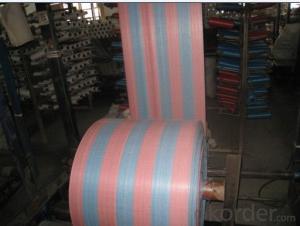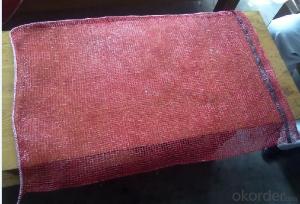100% Virgin HDPE Plastic Olive Collection Net
- Loading Port:
- Wenzhou
- Payment Terms:
- TT OR LC
- Min Order Qty:
- 1000 m²
- Supply Capability:
- 1000000 m²/month
OKorder Service Pledge
OKorder Financial Service
You Might Also Like
100% Virgin HDPE Plastic Olive Collection Net
Production Description:
Olive collection net are used not only for the olive harvest, but also to gather chestnuts, nuts and deciduous fruits in general.
Produced with HDPE virgin material
UV stabilized - Long life
For Food : non-toxic, responsive to current European legislation on packaging for food.
Guarantee 5 years
Green&Black 50g/m2
Farmer used the net to gain olive from tree.
Specification:
| Type | CMAX-Olive Net |
| Weight | 33-200 gsm |
| Color | Black, Green, Dark Green, etc |
| Width,Length | 1-6m, 50m,100m as your requirements |
| Raw material | 100% Virgin HDPE with U.V Stabilized and irganox |
| Using life | At least 4 years |
| Delivery time | 30 days after deposit |
| Specification | construction(/inch) Warp=3, Weft=4.5, Br.Str.(kg) ,Warp=10, Weft=2 ,Screening factor(%) :10% |
| Packing | rolls with PVC suare tube(5×5cm)/double folded/PE Stretch film/label |
| OEM | If you have your own packing design,we can quickly meet your requirments. |
Application:

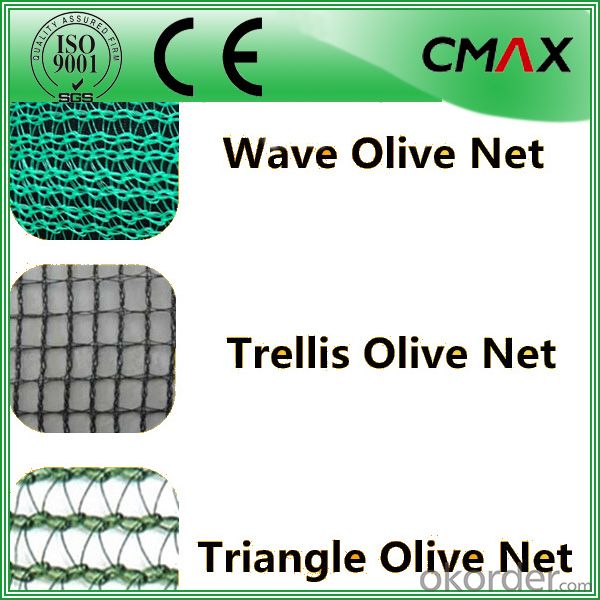
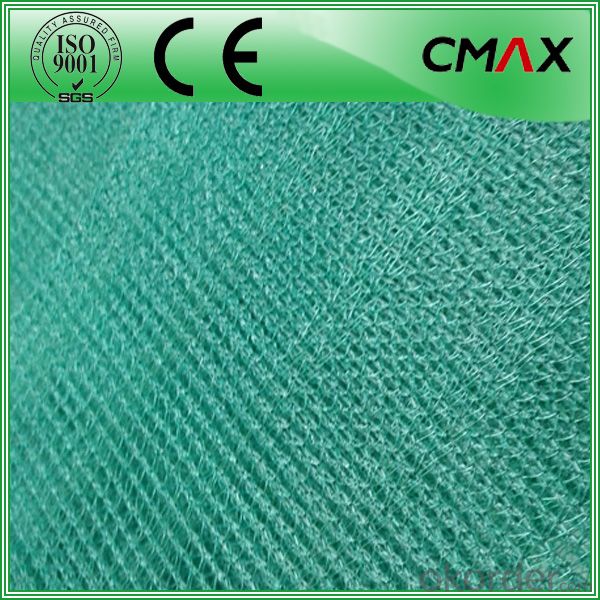
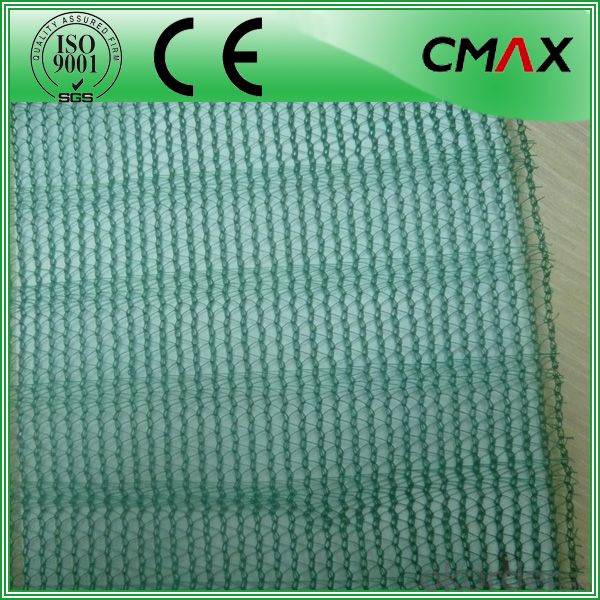
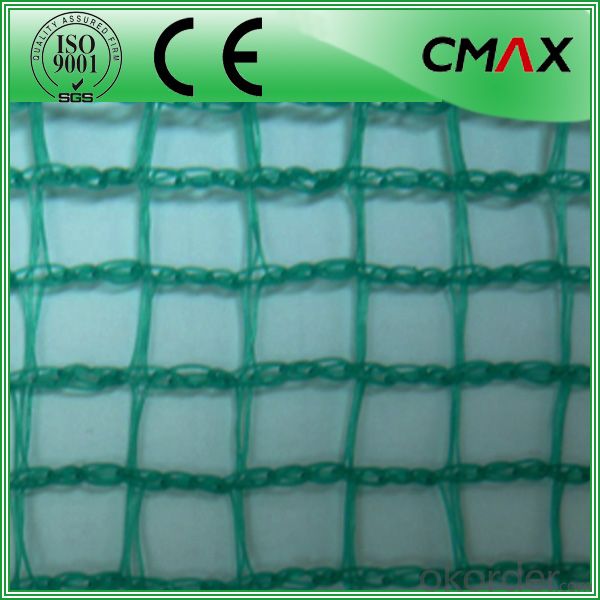
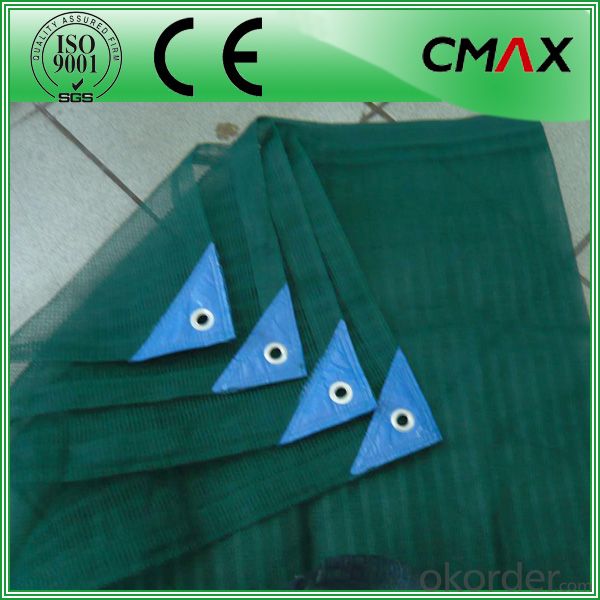
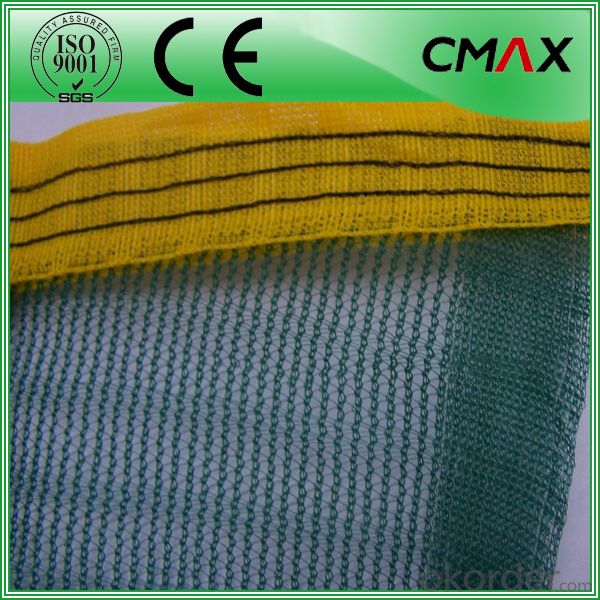
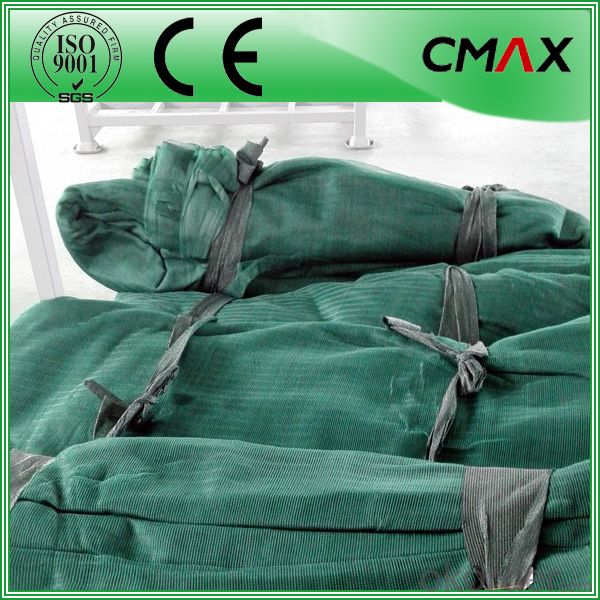
Process:
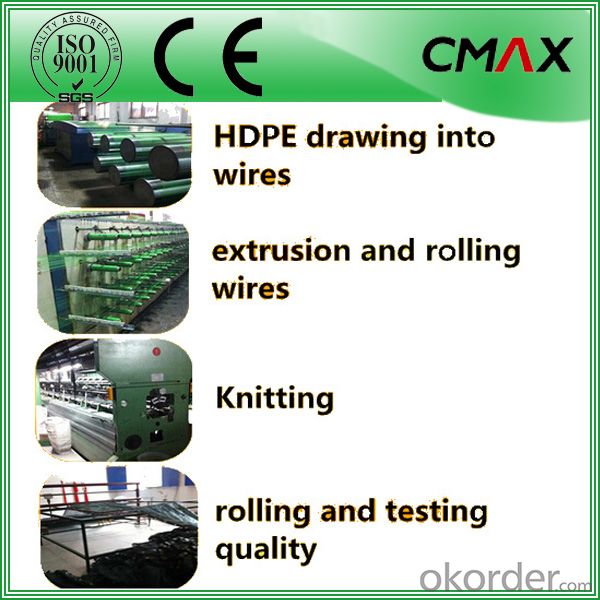
Shipping&Packing:
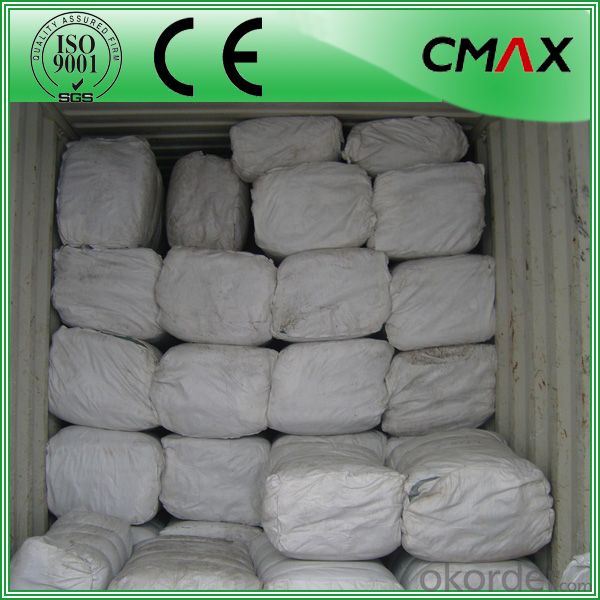
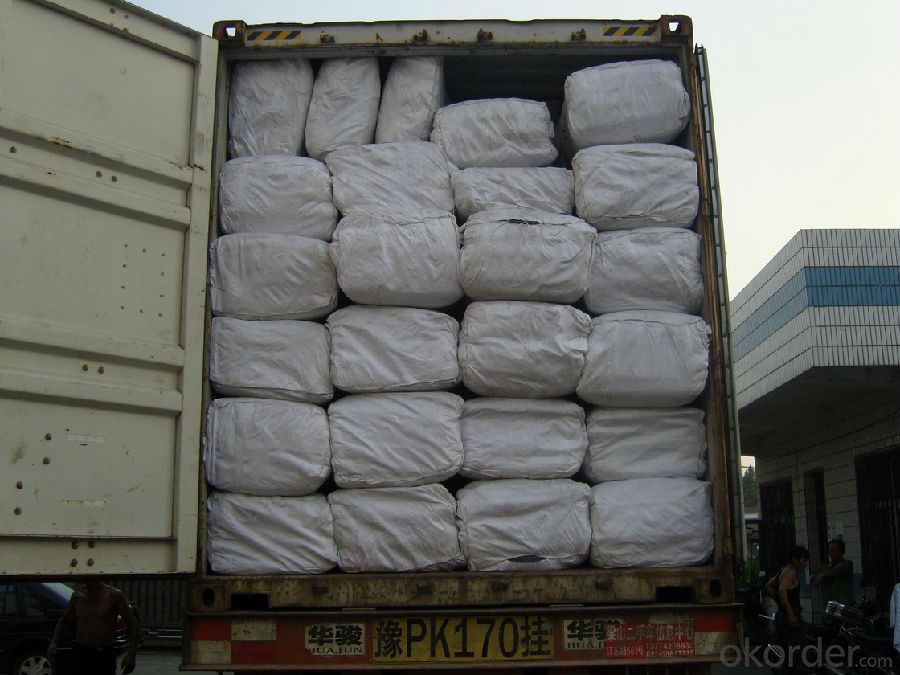
FAQ:
1.Q:Where is your factory located? How can I visit there?
A:Our factory is located in Shanghai, China. You can take flight to Shanghai Hongqiao airport, and 25 mins reach to our factory.
2.Q:What is the material of your products?
A: We use the raw material of High Density Polyethylene (HDPE) with UV Stabilized & Igranox to make our netting
3.Q:How does your factory do regarding quality control?
A: we are very proud to let you know that , We use the best raw material , have at least 5years experienced workers,
the advanced machine and specialized team to assure the quality
We perform Quality Control inspections on 100% of our products.
Our inspection standards are strictly in accordance with the ISO9001 certification system.
- Q: What are nursery trays used for?
- Nursery trays are used for starting and growing young plants, providing a controlled environment for seedlings to develop before they are transplanted into larger containers or outdoor gardens.
- Q: How does ground cover impact the health of nearby trees?
- Ground cover can have a significant impact on the health of nearby trees. When properly chosen and maintained, ground cover can provide numerous benefits such as reducing soil erosion, conserving soil moisture, and suppressing weed growth. This can create a favorable environment for tree root development and overall tree health. Additionally, ground cover can also help regulate soil temperature, provide organic matter as it decomposes, and improve soil structure, all of which can contribute to the well-being of nearby trees. However, if ground cover is not properly managed, it can compete with trees for resources such as water and nutrients, potentially leading to stunted growth, nutrient deficiencies, or even tree decline. Therefore, selecting appropriate ground cover and implementing proper maintenance practices are crucial to ensure a positive impact on the health of nearby trees.
- Q: How do you control pests and diseases in ground cover plants?
- To control pests and diseases in ground cover plants, there are several effective methods. One approach is to regularly inspect the plants for any signs of pests or diseases, such as discolored leaves or wilting. If any are detected, it is important to take immediate action, such as manually removing the affected parts or using environmentally-friendly insecticides or fungicides. Additionally, maintaining good plant health through proper watering, fertilization, and adequate sunlight can help prevent the occurrence of pests and diseases. Finally, practicing crop rotation and maintaining proper spacing between plants can also help reduce the risk of pests and diseases.
- Q: Can nursery trays be used for lavender propagation?
- Yes, nursery trays can be used for lavender propagation. Lavender cuttings can be planted in nursery trays filled with a well-draining soil mix to promote root development. It is important to ensure proper watering and provide adequate sunlight for successful propagation.
- Q: Are nursery trays UV resistant?
- Yes, nursery trays are typically made from UV resistant materials to protect plants from harmful UV rays and ensure their durability in outdoor settings.
- Q: Can plastic bale wrap films be recycled?
- Yes, plastic bale wrap films can be recycled. However, the recycling process for these films can be challenging due to their unique properties and the presence of potential contaminants such as dirt or hay. It is important to properly separate and clean the films before recycling them. Additionally, some recycling facilities may not accept plastic bale wrap films, so it is important to check with local recycling programs or waste management facilities to ensure proper disposal and recycling options.
- Q: Can ground cover be used to create a border around a driveway?
- Yes, ground cover can be used to create a border around a driveway. Ground cover plants can be planted along the edges of the driveway to create a natural and aesthetically pleasing border. They can help define the driveway space and add visual interest to the overall landscape design. Additionally, ground cover plants can also help prevent erosion, suppress weed growth, and provide a softer transition between the driveway and other areas of the yard.
- Q: I am in Wells, Maine and I was wondering where I could buy 2 oz. Plastic cups with lids, the ones used for jello shots. I need them for New Years and I haven't been able to ind any. Thanks in advance
- thanks for the plastic waste you will ADD to the rubbish in the pacific ocean. Your wasteful short sighted plastic will add to the whole mess that short sighted people are ruinung my planet with. here does the plastic go hen you have used 200 of them- into the rubbish bin> Then where? To a dump? Then? They get taken out to sea and dumped. And, when you go on holiday to Fiji, or Hawaii, you will see washed up plastic flipflops, polystyrem takeout containers and plastic cups from Smart and Final, washed up and tangles in plastic webbed orange bags and plastic fruit holders, and all this junk trapes birds, fish, animals and kills them by slowly choking htem, the ends up on beaches everywhere and YOU have done this by buying 20 plastic cups from that stupid shop smart and final or wherever. Try using paper cups- recycyled, or glass cups from a thrift store. Plastic is seflish and weedy and puts you right alongside the fast food slobs who throw out their takekout containers into the sea.
- Q: My plastic surgeon has a D.O. (Doctor of Osteopathic Medicine) and a F.O.C.O.O. (Fellow of the Osteopathic College of Ophthalmology and Otorhinolaryngology). I am worried because he isn't part of the American Society of Plastic Surgeons. Are these good credentials for a plastic surgeon?
- Nope....they are not!!! I would only go to a Board Certified Plastic Surgeon....which I did. I picked a Harvard Med School grad Board Certified in Facial Plastic Surgery. I had some facial cancer and wanted the best. I had the sugery under my right eye 3 months ago and the scar is virtually invisible. Go for the Best!
- Q: Can ground cover plants be used to create a natural pest repellent?
- Yes, ground cover plants can be used to create a natural pest repellent. Some ground cover plants have natural repellent properties that can help deter pests such as mosquitoes, ants, and other insects. For example, plants like marigolds, mint, and lavender are known to have strong scents that repel pests. Additionally, certain ground cover plants can attract beneficial insects like ladybugs and lacewings, which can help control pest populations naturally. Overall, using ground cover plants as a natural pest repellent can be an effective and eco-friendly solution for managing pests in gardens and landscapes.
Send your message to us
100% Virgin HDPE Plastic Olive Collection Net
- Loading Port:
- Wenzhou
- Payment Terms:
- TT OR LC
- Min Order Qty:
- 1000 m²
- Supply Capability:
- 1000000 m²/month
OKorder Service Pledge
OKorder Financial Service
Similar products
Hot products
Hot Searches
Related keywords
